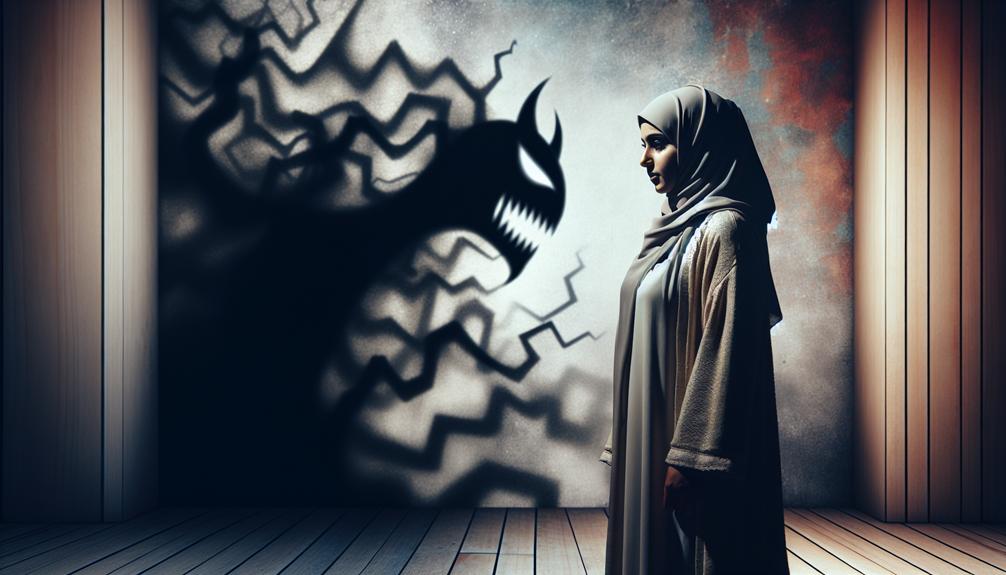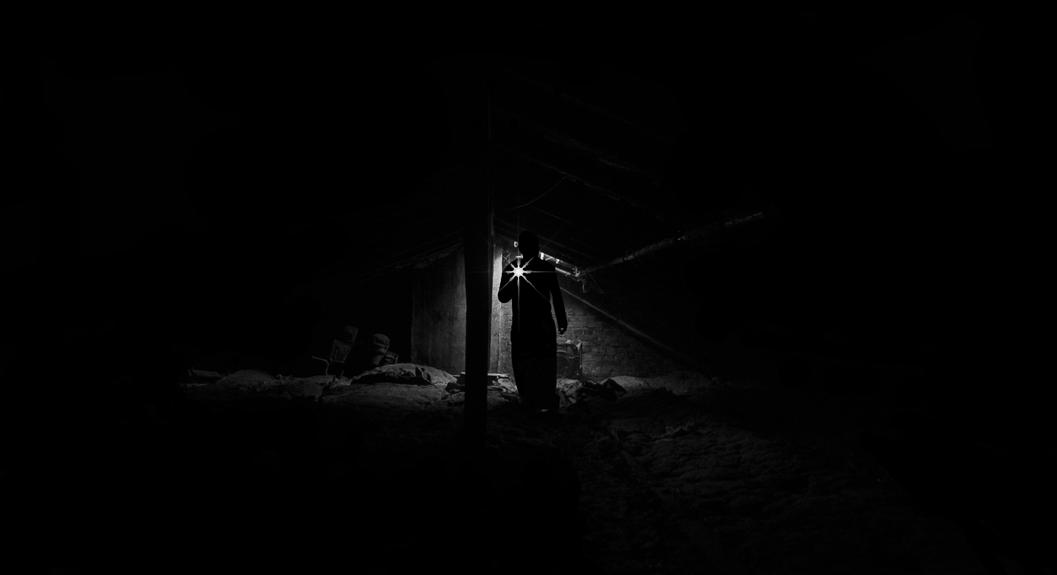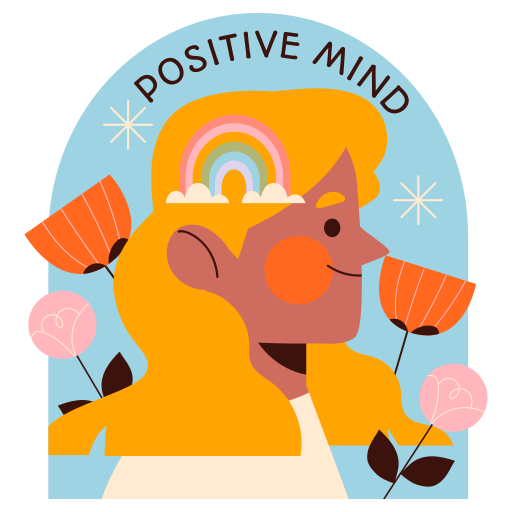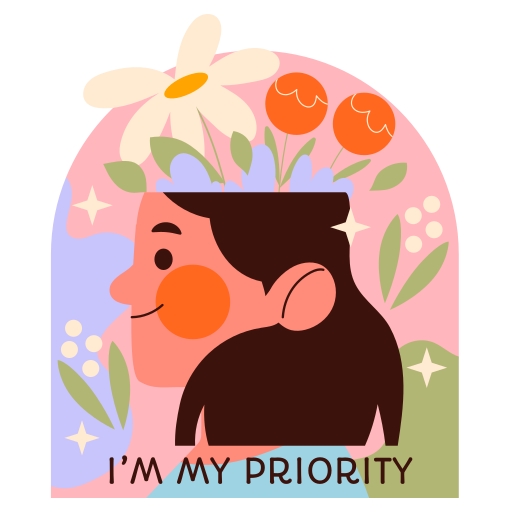Have you ever felt like there's a hidden side of you waiting to be discovered? Imagine going on a thrilling adventure inside your own mind to uncover your shadow self. It's like exploring a secret cave filled with mysteries and surprises. As you peel back the layers of your thoughts and feelings, you might come face to face with parts of yourself you never knew existed.
Finding your shadow self is like solving a puzzle to understand all the different pieces that make up who you are. It's not just about learning new things about yourself but also accepting the parts that may feel a bit strange or scary. By shining a light on these hidden corners of your mind, you can learn incredible things about yourself and grow in ways you never thought possible. So, are you ready to embark on this journey of self-discovery and embrace the full spectrum of who you are?
Understanding Your Shadow Self
The concept of the shadow self probes into the depths of our subconscious, revealing the obscured facets of our personality that harbor repressed thoughts and negative traits. Our shadow self is a complex and often misunderstood aspect of who we are. It consists of parts of ourselves that we deem unacceptable or unworthy, leading us to suppress them deep within our psyche. To truly understand our shadow self, we must be willing to do the inner work necessary to confront and accept it.
Engaging in shadow work exercises can help us uncover these hidden parts of ourselves. By acknowledging and accepting these darker aspects, we can begin to integrate them into our whole being. Accepting our shadow self is not an easy task; it requires courage, self-reflection, and a willingness to delve into the depths of our own psyche. However, by doing so, we can gain a deeper understanding of ourselves and experience profound personal growth. It is through this process that we can begin to heal and transform the parts of us that have long been neglected or rejected.
Exploring Your Hidden Psyche
Exploring your hidden psyche involves peeling back the layers of your subconscious to uncover buried emotions and accept your inner darkness. By acknowledging recurring negative patterns in relationships and behaviors, you can gain insight into the aspects of your shadow self that are influencing your life. Engaging in mindfulness practices and journaling about your dreams, fears, and insecurities are effective tools to reveal the hidden facets of your psyche.
Uncover Buried Emotions
Revealing the depths of your inner world involves investigating repressed thoughts, feelings, and desires to uncover buried emotions. Diving into your unconscious mind can help you identify your shadow archetype and engage in inner work to bring buried emotions to the surface. Here are some key steps to uncovering buried emotions:
- Reflect on past experiences and childhood memories.
- Pay attention to triggers and emotional reactions.
- Investigate suppressed aspects of your personality.
- Engage in introspective practices like journaling or therapy.
Embrace Inner Darkness
To deepen your self-awareness and nurture a deeper understanding of your psyche, it is important to acknowledge and investigate the hidden dimensions of your inner world through accepting your inner darkness. Embracing your shadow side involves exploring repressed emotions and accepting negative aspects of yourself. By accepting your shadow self, you can begin the process of integrating these darker elements into your conscious awareness. This journey of accepting your inner shadow and confronting uncomfortable truths is necessary for personal growth and emotional healing. Through this process, you can gain profound insights into your motivations, fears, and desires. Accepting and integrating your shadow self is a significant step towards holistic self-awareness and a more authentic relationship with yourself.
Uncovering Your Dark Side

As we investigate into the exploration of our shadow self, it is important to acknowledge and confront our inner fears, accept the hidden emotions that lie beneath the surface, and address past traumas that may have shaped our darker aspects. By shining a light on these uncomfortable and often overlooked parts of ourselves, we open up the opportunity for healing and personal growth. It is through this process of uncovering our dark side that we can begin to integrate and ultimately transform these aspects of our psyche.
Acknowledging Inner Fears
Confronting and acknowledging one's inner fears is a pivotal step towards exploring the depths of the shadow self and untangling its complexities. When plunging into the dark recesses of our psyche, it's crucial to pay attention to the following:
- Traits: Recognize the traits you tend to disown or suppress.
- Feel: Allow yourself to truly feel the discomfort and unease that these fears bring.
- Carl Jung: Understand how Carl Jung's concept of the shadow self helps us navigate this inner journey.
- Spot Your Shadow: Spotting your shadow in moments of projection or strong emotional reactions can reveal disowned parts of yourself.
Embracing Hidden Emotions
Exploring the depths of our psyche involves accepting hidden emotions and uncovering aspects of ourselves that have been repressed, leading us towards a deeper understanding of our shadow self. Embracing hidden emotions is a critical step in shadow work, where we confront the darker aspects of our personality. By identifying and acknowledging repressed emotions such as anger, jealousy, or fear, we initiate on a path towards self-awareness and personal growth. This process requires courage and self-reflection, as we dig into uncomfortable truths about ourselves. By accepting these hidden emotions, we can integrate them into our being, paving the way for inner harmony and a more profound connection with our authentic self.
Confronting Past Traumas
Unearthing buried traumas from the past is a critical step towards revealing the obscured facets of your darker self. When confronting past traumas, it is fundamental to feel safe and supported, especially by a licensed therapist. Exploring childhood experiences and emotional wounds can bring to light hidden aspects of your shadow self. Reflecting on negative patterns and behaviors can lead to profound insights into your darker side. Shadow work involves delving deep into repressed emotions and memories, allowing for the acknowledgment and integration of these suppressed feelings. By facing uncomfortable truths about yourself, you can start on a journey of self-discovery and personal growth.
Embracing Your Shadow Self
Exploring the depths of one's psyche to accept the shadow self requires a brave journey of introspection and self-acceptance. Embracing your shadow self involves investigating the hidden aspects of your personality that you may have ignored or denied. This process of self-reflection demands honesty and a willingness to confront uncomfortable emotions and traits that have been suppressed. By accepting your shadow self, you pave the way for personal growth and inner harmony. Integrating these shadow aspects leads to a more authentic self, enhancing relationships and overall well-being. Engaging in shadow work practices such as mindfulness, journaling, and seeking professional guidance can provide valuable support in this journey of self-acceptance. Accepting your shadow self is not an easy path, but it is a critical step towards understanding and integrating all facets of your being for a more fulfilling and balanced life.
Integrating Your Shadow Traits
In the process of integrating your shadow traits, it is essential to recognize and acknowledge the repressed emotions and negative qualities that reside within your psyche. This acknowledgment is the initial step towards a deeper understanding of oneself and a more holistic sense of self. Here are some key points to contemplate in integrating your shadow traits:
- Engage in self-reflection to uncover hidden aspects of your personality.
- Accept both positive and negative traits to achieve a balanced self-perception.
- Examine emotional responses triggered by your shadow self to gain insight into unresolved issues.
- Work on integrating shadow traits through practices like journaling, meditation, or therapy.
Steps to Discover Your Shadow

When setting out on the journey to uncover your shadow self, it is vital to reflect on your inner conflicts, fears, and insecurities as they hold the key to revealing hidden aspects of your psyche. By paying attention to recurring negative emotions and patterns, individuals can gain insight into suppressed parts of their personality that make up their shadow self. Investigating dreams and fantasies can also provide valuable clues about unconscious desires and fears, bringing these hidden parts into conscious awareness.
To further aid in the exploration process, it is important to notice projections onto others. Qualities that trigger strong reactions in a person may be projections of their shadow self. Engaging in self-reflection, journaling, and therapy can help individuals delve deeper into understanding and integrating their shadow self, leading to a more balanced and authentic sense of self.
| Steps to Uncover Your Shadow |
|---|
| 1. Reflect on inner conflicts, fears, and insecurities |
| 2. Pay attention to recurring negative emotions |
| 3. Investigate dreams and fantasies |
| 4. Notice projections onto others |
Frequently Asked Questions
How I Met My Shadow Self?
To meet your shadow self, delve into the depths of your psyche, confront inner demons, reveal truths, face fears, uncover darkness, engage in self-discovery, and unmask secrets. Through introspection and courage, you will encounter your shadow self.
What Are Signs of the Shadow Self?
Recognizing signs of the shadow self involves understanding shadow integration, self-awareness, and facing inner darkness. Emotional triggers, unconscious patterns, and hindrances to personal growth signal its presence. By acknowledging and confronting these aspects, one can set off on a journey of self-exploration and growth.
How Do I Know if I Have a Shadow?
Understanding if you have a shadow involves recognizing recurring negative patterns, projecting disliked qualities onto others, and feeling intense emotions like anger or shame. Self-reflection, exploring unconscious behaviors, and welcoming inner darkness are pathways to personal growth through psychological exploration and emotional healing.
How Is Your Shadow Self Formed?
The shadow self is formed through childhood traumas, unconscious beliefs, repressed emotions, fearful patterns, self-sabotage tendencies, hidden desires, and inner conflicts. These aspects, deemed undesirable, are pushed into the subconscious, shaping our shadow selves.

















